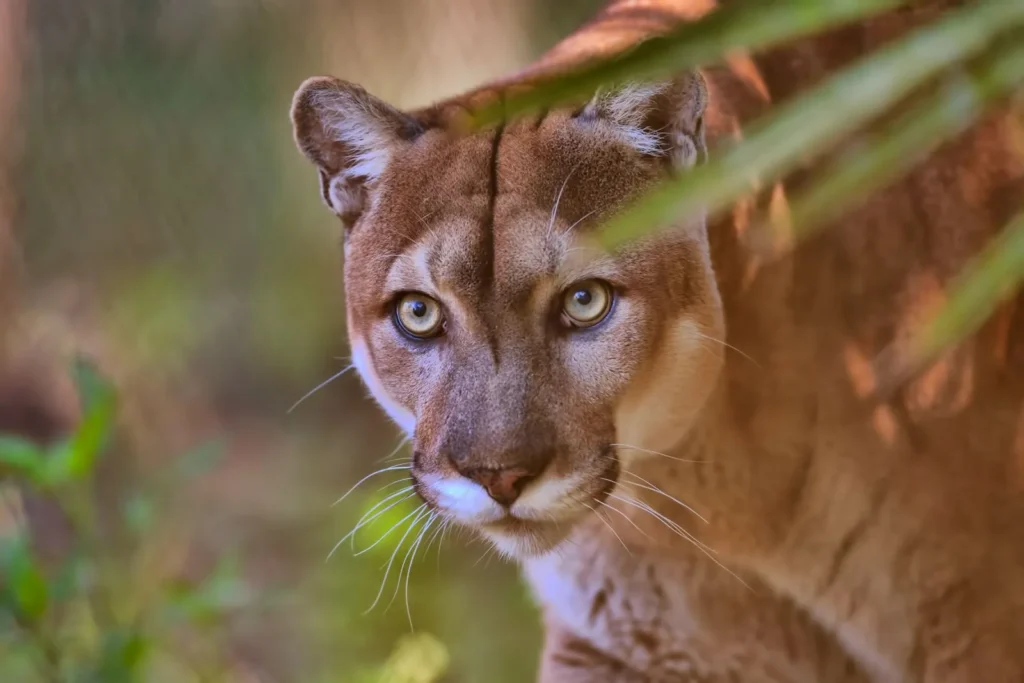Fourth panther death in two weeks, latest near Kingston development.

Four Florida panthers lost their lives in a span of two weeks this month, adding to the growing toll.
It’s estimated that up to 23 panther road deaths occur annually, and the most recent big cat death due to a car collision was discovered close to the proposed Kingston development site.
Close to the Corkscrew Regional Ecosystem Watershed, on the eastern portions of Corkscrew Road, a car struck and killed the 10-year-old male, according to a recent article by Chad Gillis of Naples Daily News.
As a means of traveling north from the core breeding territory found in Big Cypress National Preserve and Everglades National Park, this area is usually abundant with panthers.
The recovery strategy for panthers states that the large cats must extend throughout Central Florida and go north of the Caloosahatchee River and Lake Okeechobee.
Because they require hundreds of acres for both hunting and reproducing, panthers can only disperse to the north and outside of their core breeding range by crossing Corkscrew Road.
Keep in mind, though, that despite their conversion from natural areas to farm fields, sizable portions of this region’s agricultural land are in danger from a number of developments.
Environment groups, supporters of panthers, and even the Miccosukee Tribe of Indians in Florida are fighting for Kingston.
In recent months, dozens of supporters of the panthers and worried citizens have flocked to public gathering places to voice their opposition to any FWS permit for the Kingston development.
Panther activists worry about traffic
That construction alone is estimated to increase 94,000 vehicle journeys per day in the area, which is currently mostly used by agricultural and rock trucks, as well as those driving from Immokalee to Fort Myers.
According to documents from the Florida Fish and Wildlife Conservation Commission, between January 9 and January 22, a car struck and killed a fourth panther.
According to the Endangered Species Act, the state body that tracks panthers is the FWC, and it also has some responsibility for carrying out the plan.
Protecting panthers is the responsibility of the U.S. Fish and Wildlife Service, or FWS, a federal agency.
There were only 13 panther fatalities reported in 2023, which some have interpreted as evidence of a declining population.
This represents fewer than half of the sums reported in the previous years.
Alternatively, according to FWC data, 27 panther deaths were recorded in 2022, while another 27 large cat deaths were totaled in 2021.
Neurological conditions that affect panthers
In Florida, panthers and bobcats were the first to be diagnosed with feline leukomyelopathy (FLM) in 2017. This neurological condition appears to be affecting some members of the population because fewer feline deaths are being reported.
Road deaths are directly related to population growth, according to FWC biologists and others who have long maintained that there are just more panthers on the road waiting to be struck.
If you apply that reasoning backwards, state biologists would seem to be recording fewer deaths overall, which would suggest that panther pollution is decreasing.
This article originally appeared on Naples Daily News.
